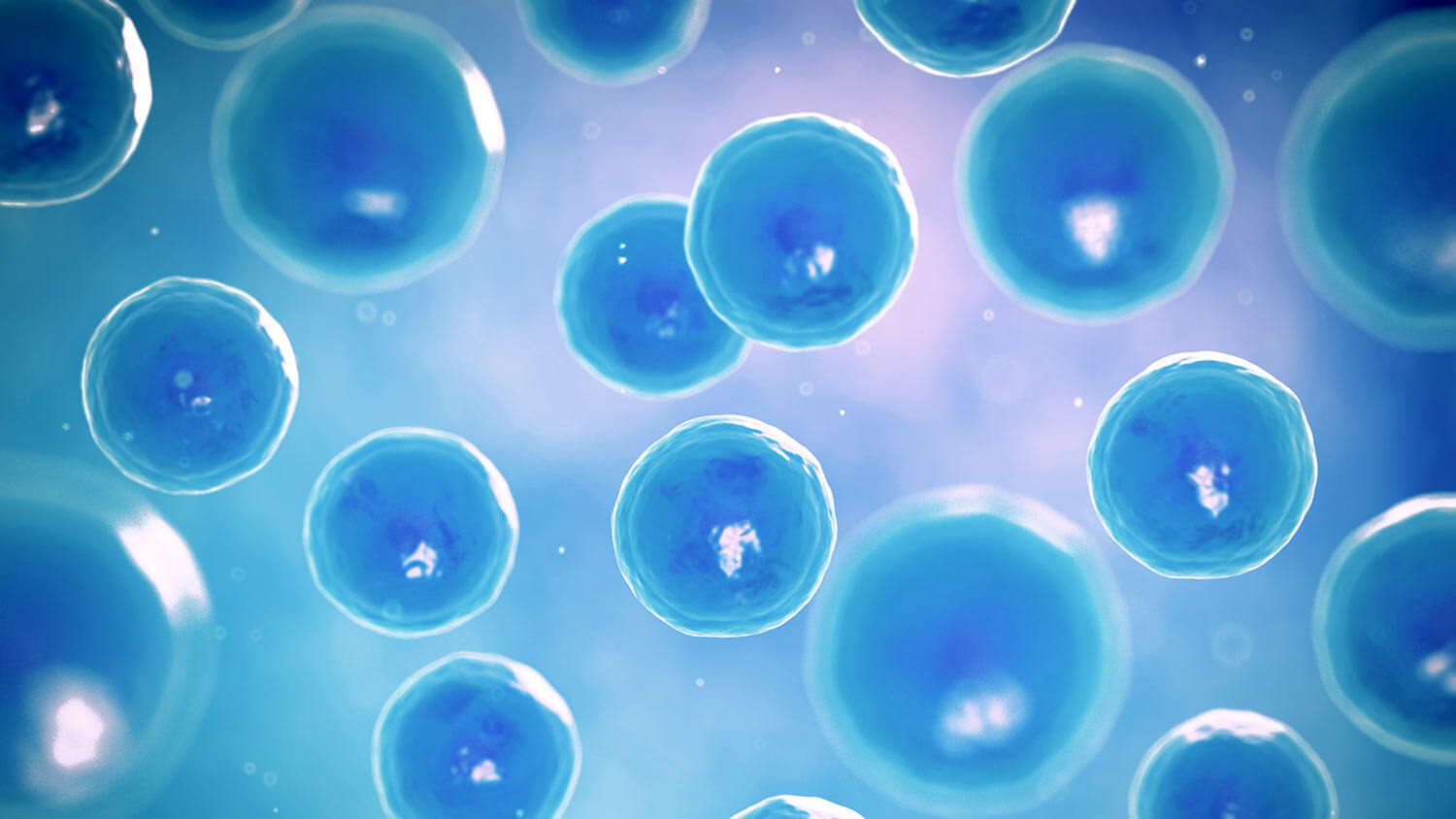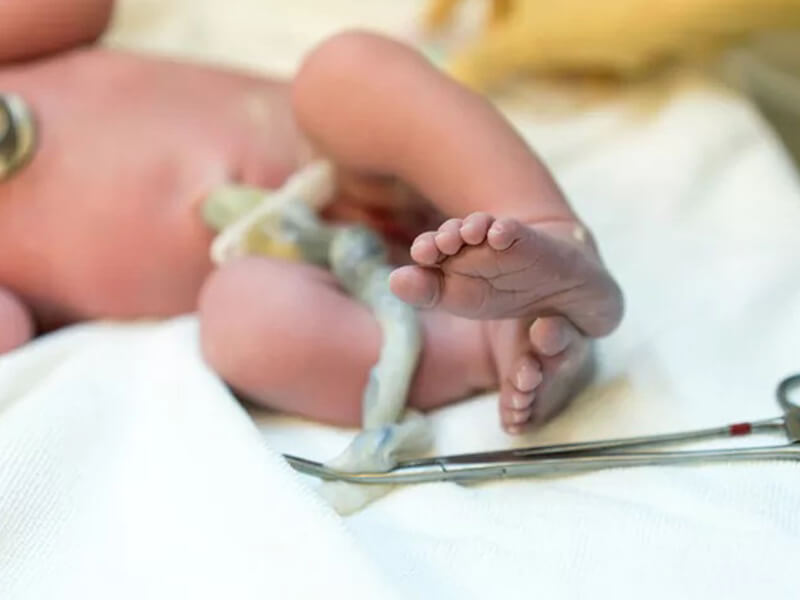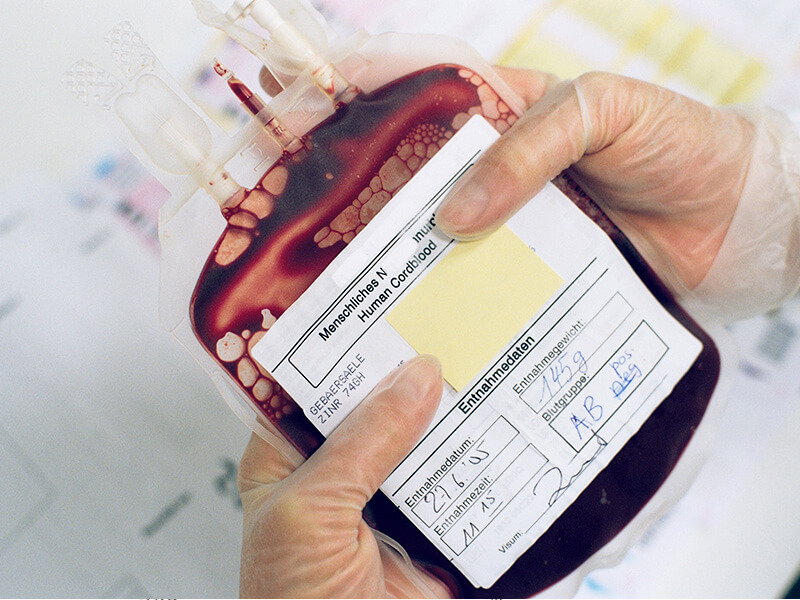Stem cells are non-specialized cells with unlimited proliferation potential. In the presence of suitable stimuli, they can differentiate the specialized cells of which tissues and organs are made. There are two main types: embryonic and adult.
The therapeutic use of the latter is not controversial because it does not require the destruction of an embryo: it is possible to obtain them from a tissue sample taken from an adult or a child, as in the case of stem cells from cord tissue.
Cord tissue samples can be taken at the time of your baby’s birth.










